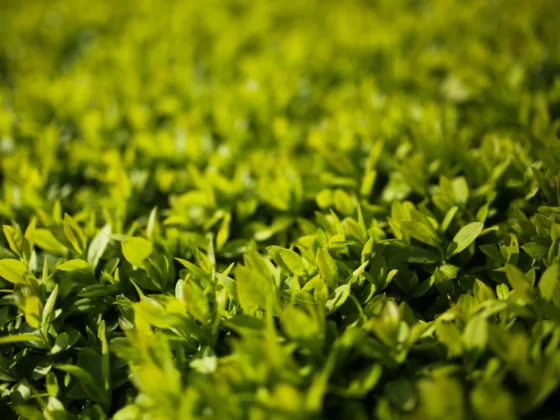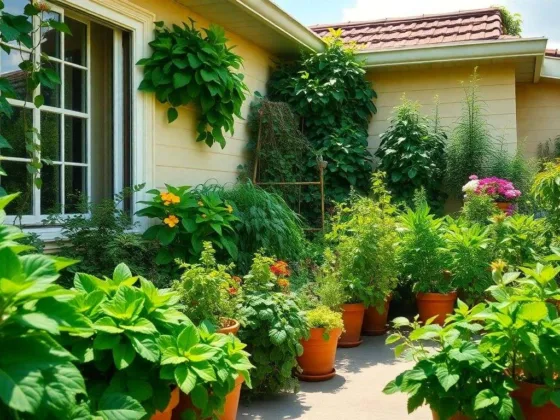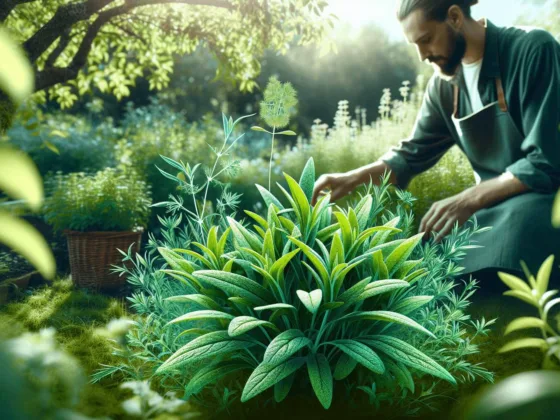Table of Contents Show
Tomatoes are among the most cherished fruits in gardens across the globe. Their adaptability, flavor, and versatility in dishes, from salads to sumptuous sauces, make them a favorite.
Yet, many gardeners find themselves overwhelmed by the challenge of cultivating the perfect tomato. In this in-depth guide, we demystify the journey of growing tomatoes from tiny seeds to ripe, juicy harvests.
Step-by-step Guide on How to Grow Tomatoes
Selecting the Perfect Tomato Seeds
Venturing into the world of tomatoes reveals a dizzying array of varieties. Cherry tomatoes, Roma, beefsteak, and heirloom varieties – each brings its distinct flavor and culinary advantages.
Your choice of seeds should align with your region’s climate and your culinary aspirations.
Expert Insight: For a twist, explore rare heirloom varieties, which can be sourced from specialized online seed banks or knowledgeable local nurseries.
These offer unique flavors and textures often missing in commercial varieties.
Nurturing Your Soil
The foundation of a bountiful tomato harvest lies in the soil. Tomatoes flourish in soil that boasts good drainage and is teeming with organic matter.
Aim for a pH balance of 6.2 to 6.8. Several weeks before planting, work in generous amounts of aged compost or manure. This not only enriches the soil but also improves its structure, promoting robust root growth.
Initiating the Growth: Seed Sowing
Timing is pivotal. Commence your tomato-growing journey indoors 6-8 weeks before the last predicted frost date for your region. Seedling trays or small pots are perfect for this phase.
With seeds sown a quarter inch deep, ensure they’re placed in a warm spot, preferably with an LED plant grow light to simulate sunshine.
Transition Phase: Transplanting Seedlings
This stage can make or break your tomato crop. Once the seedlings develop two sets of true leaves and nighttime temperatures consistently stay above 50°F (10°C), they’re primed for outdoor life.
However, acclimate them gradually through a ‘hardening off’ process—increasing their exposure to outdoor conditions over a week prevents transplant shock.
Claiming Territory: Garden Planting
Your garden layout plays a significant role in determining the health and yield of your tomato plants. Select a sunny location, ensuring each plant receives 6-8 hours of direct sunlight daily.
Planting tip: Bury up to two-thirds of the stem. This unconventional wisdom leads to more roots and thus a stronger plant. Keep plants 24 inches apart to ensure they have adequate space and good air circulation, which is a deterrent for many diseases.
Hydration and Nutrition
Watering tomatoes is more art than science. They crave consistency. Dry spells interspersed with bouts of overwatering can lead to problems like blossom end rot.
Aim for deep, infrequent watering at the soil level, avoiding the leaves. Mulching helps retain soil moisture and stave off weeds. Complement this with a balanced, tomato-specific fertilizer, which can supercharge growth and fruit production.
Maintenance: Pruning and Support
Tomatoes, especially indeterminate varieties, can be vigorous growers. Offering them support through stakes, cages, or trellises prevents them from sprawling, improves fruit quality, and simplifies harvesting.
On the pruning front, remove non-fruiting branches and suckers to direct the plant’s energy towards producing and ripening fruit.
The Grand Finale: Harvest Time
This is the moment every gardener eagerly anticipates. When your tomatoes exude a deep, uniform hue (typical to their variety) and feel slightly pliant to the touch, they are ripe for picking.
Early morning harvests often yield the best flavor. A handy tip: If you’re battling critters or early frosts, you can harvest tomatoes a bit early, when they show first color, and let them ripen indoors on a counter.
Pro Tip: For those who wish to savor homegrown tomatoes beyond the season, consider methods like canning, making sauces, or even sun-drying to enjoy their flavors year-round.
Conclusion
The adventure of growing tomatoes from seed to harvest is one of patience, care, and a bit of green-thumbed magic. And while each season might bring its unique challenges, the joy of biting into a sun-warmed, freshly plucked tomato is unparalleled.
So, whether you’re a novice gardener or a seasoned pro, every year offers a fresh slate to experiment, learn, and, of course, savor the delights of your labor.
FAQs about Growing Tomatoes
How long does it take for a tomato plant to bear fruit?
Typically, from the time of planting seedlings outdoors, it takes about 50 to 85 days for most tomato varieties to produce mature fruit. However, this can vary based on the specific variety and growing conditions.
Can I grow tomatoes in pots?
Absolutely! Tomatoes can thrive in containers, making them suitable for balconies and patios. Ensure you select a large enough pot (at least 5 gallons) and use a good-quality potting mix. Some dwarf or bush varieties are specifically bred for container growing.
Why are my tomato leaves turning yellow?
Tomato plants turning yellow can be a symptom of various issues, including water stress (either too much or too little), nutrient deficiencies, diseases, or pests. It’s crucial to diagnose the specific cause to address it effectively.










